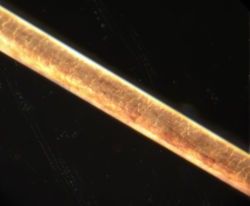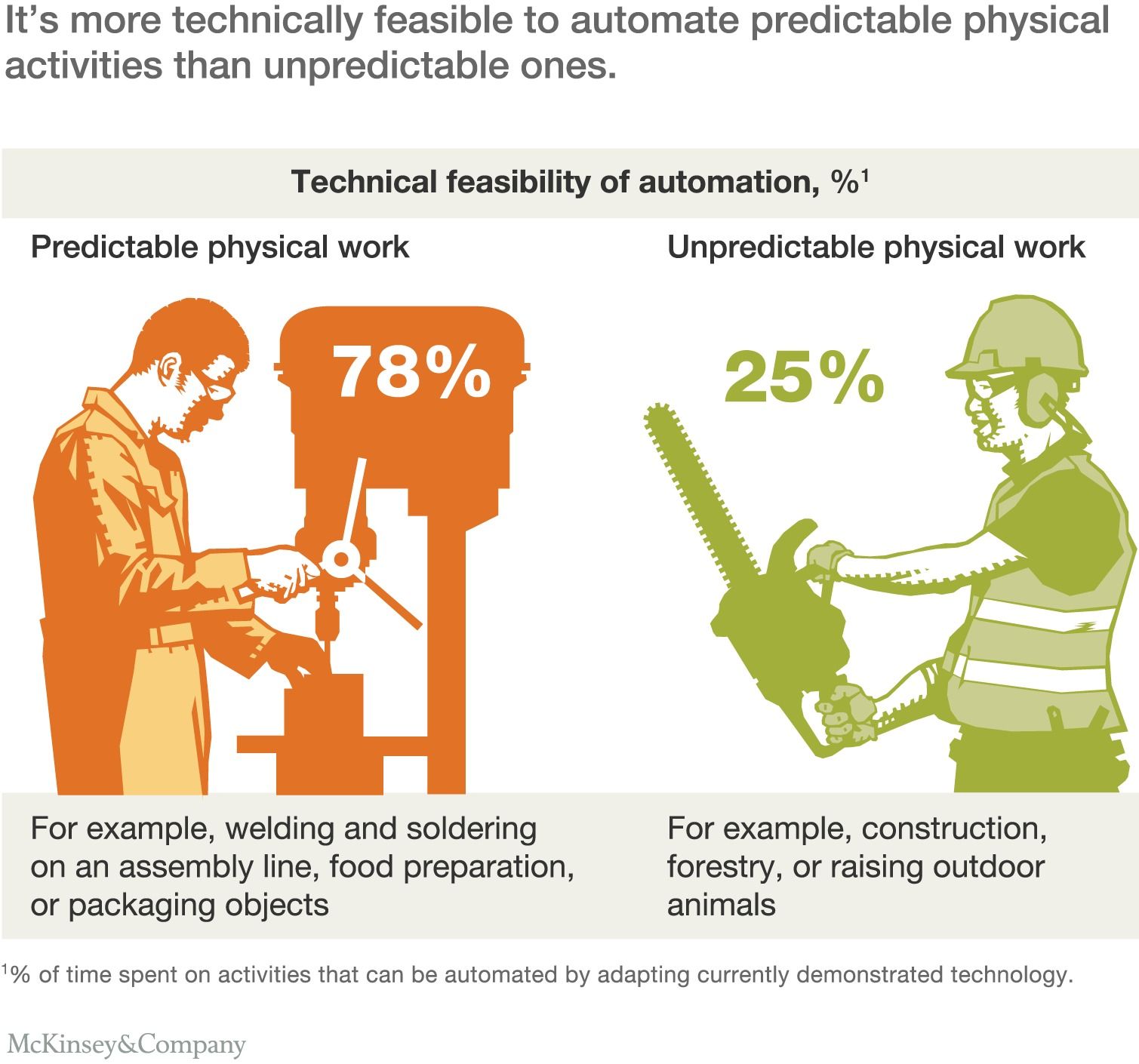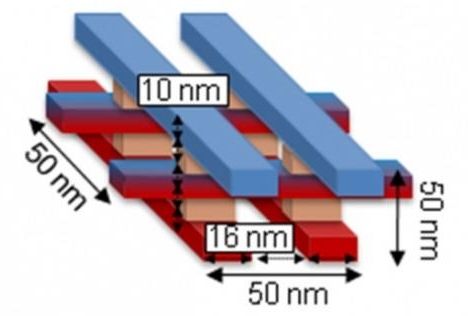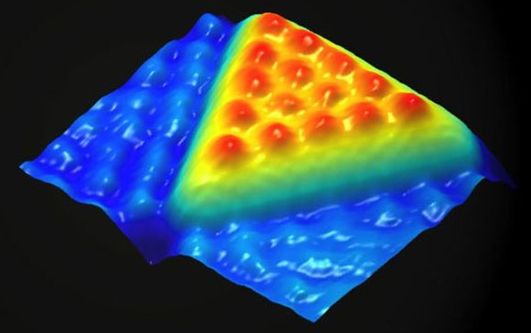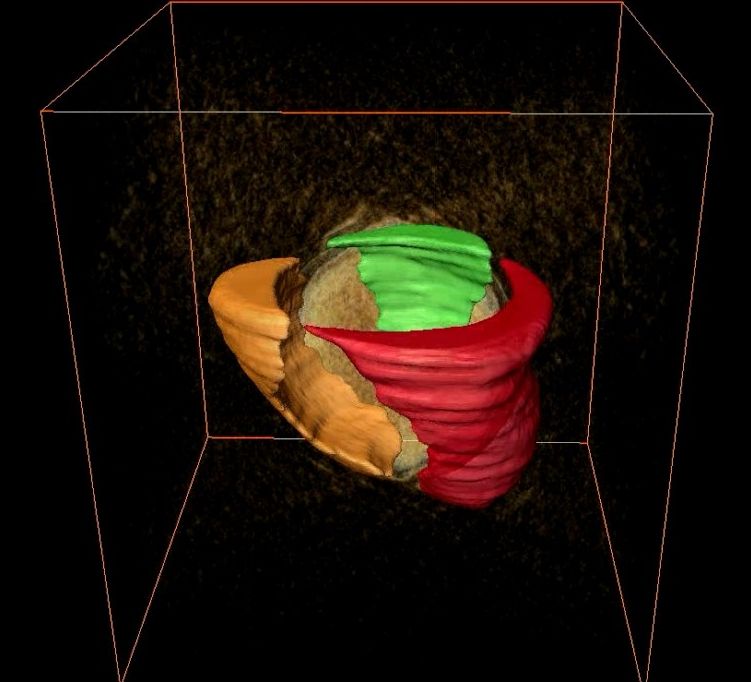Oct 31, 2016
Would You Like to Be Uploaded to a Computer When You Die?
Posted by Shane Hinshaw in categories: biotech/medical, computing, cyborgs, life extension, neuroscience
Rattling around inside a hard drive doesn’t sound like an awful lot of fun — but then, neither does death.
Both eventualities are rather difficult to imagine, but we’ll all have to give them some thought sooner rather than later. Neuroscientist and neuroengineer Randal Koene thinks it’s only going to be another 10 years before we replace parts of the brain with prosthetics.
From there, it’s just a matter of replacing each region systematically, to end up with someone whose brain is immortal and electronic. Could the last person to die have already been born?
Continue reading “Would You Like to Be Uploaded to a Computer When You Die?” »


